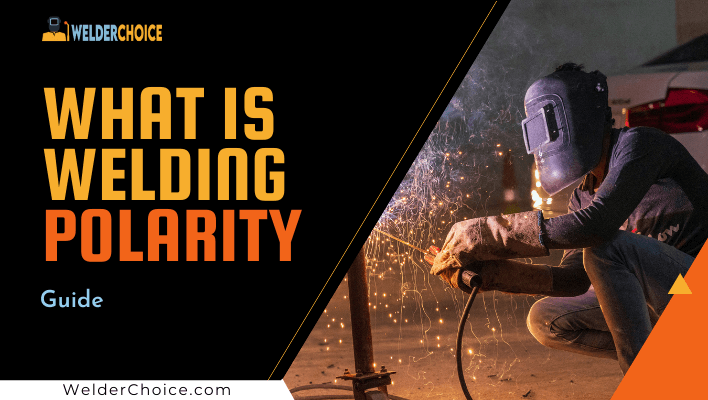Welders must have a certain amount of technical knowledge to do their job properly. When you go to a welding shop or take a welding class, you’ll hear “polarity.” The polarity of a weld is one of the factors that impact its quality and strength. Because no two welding processes are the same, welders must adjust for each material based on the desired results.
Another term that every welder hears is “welding current.” The AC or DC marking on many welding machines indicates the polarity of the machine’s current. The following is something you should be aware of polarity.
AC and DC Welding
AC stands for alternating current, while DC stands for direct current. AC flows in one direction for half of the time and then reverses, but DC has a constant polarity because it travels in one direction.
What is Polarity in Welding?
When you turn on your welding machine, it forms an electrical circuit with either a positive or negative pole. This property is known as polarity. It’s critical to choose the right polarity since it leads to strong, high-quality welds.
Welding with the wrong polarity can cause poor penetration, excessive spatter, and a loss of welding arc control, among other problems.
What are the different types of Polarity in Welding?
The three primary types of polarity in welding are direct current straight polarity, direct current reversal polarity, and alternating current polarity.
Electrons travel from the electrode tip to the base plates when the plates are positive and the electrode is negative, resulting in direct current straight polarity. In most cases, the electrode creates two-thirds of the arc heat, with the remaining one-third generated by the base plate.
The electrode melts quickly as a result and the rate of metal deposition increases.
On the downside, plates do not fuse properly due to the lower heat %. Insufficient fusion, incorrect penetration, and excessive reinforcing are some of the most common problems.
Direct current reverse polarity occurs when the electrode is positive and the plates are negative. When compared to DC straight polarity, the electrons shift direction and go from the base plate to the electrode, causing more heat to build upon the plate.
Inclusion faults are less likely and the welding process is faster with DC reverse polarity welding. It works best with thin materials and metals with a low melting point, such as copper.
DC reverse polarity may result in shorter electrode life and a higher level of reinforcement if the speed is not set correctly. While this method works well with thinner materials, it often fails when thick plates are combined with higher melting temperatures.
The base plate will be positive half of the time and the electrode will be negative half of the time, switching between reverse and straight polarity if the power supply delivers alternating current polarity. The electrode will be positive in one half and the base plate will be negative in the other.
In AC polarity, both straight and reverse polarity exist at the same time and in the same cycle. It may be used with a variety of electrode types and plate thicknesses, making it a versatile alternative.
Types of polarity to choose from during welding
When determining polarity, several factors must be considered, including the melting point and thickness of the material. Aluminum and magnesium, for example, work better with reverse polarity because of their low melting points. In contrast, stainless steel and titanium respond better to alternating current polarity.
It has the advantages of both straight and reverse polarity, and it reduces overheating in the heat-affected zone.
Because every welder will work with a range of materials, it’s critical to understand the many types of polarity to use in various scenarios.

With 8 years of experience a senior welding instructor and safety equipment researcher and writes articles, reviews and guidelines on helmets and other welding and safety gears at Welder Choice, and other written works have been published in various publications.
